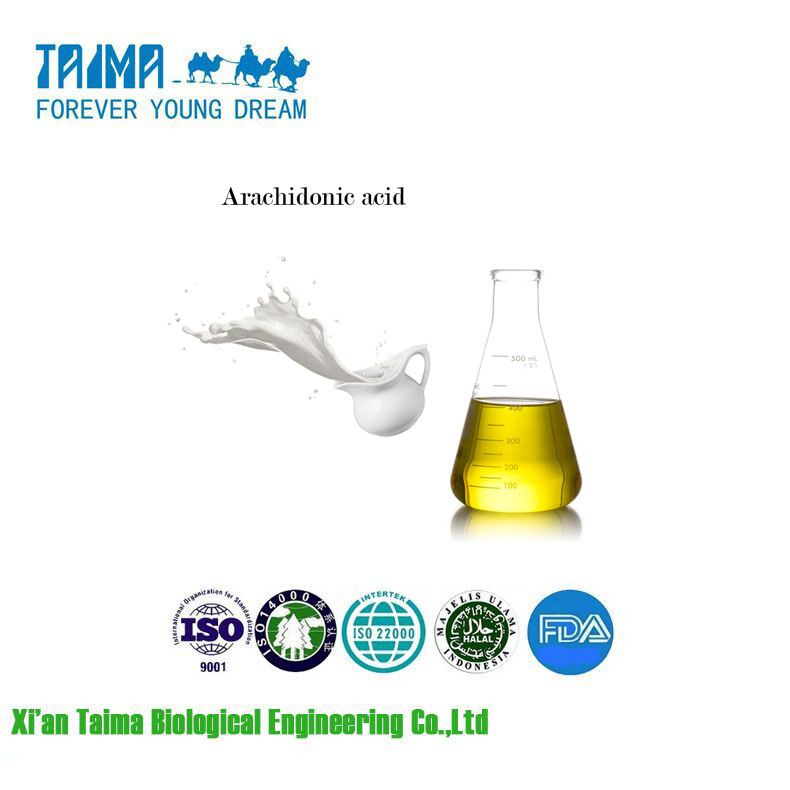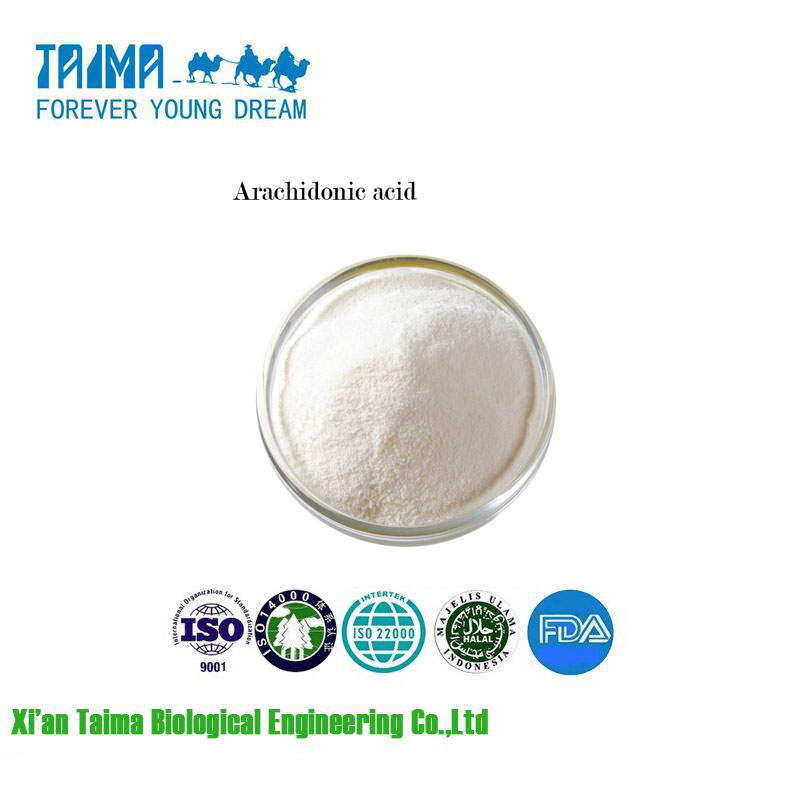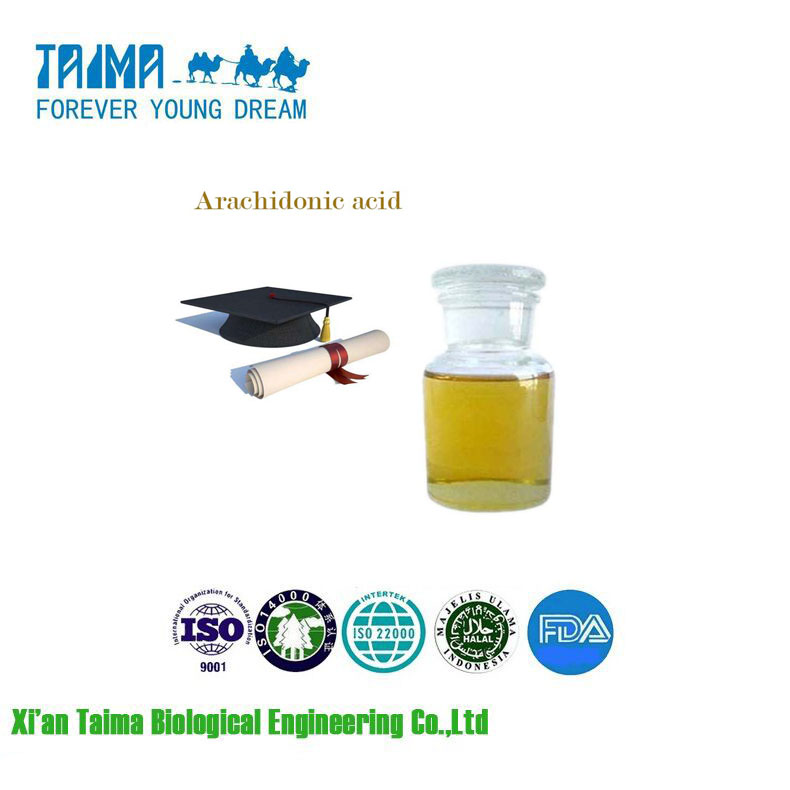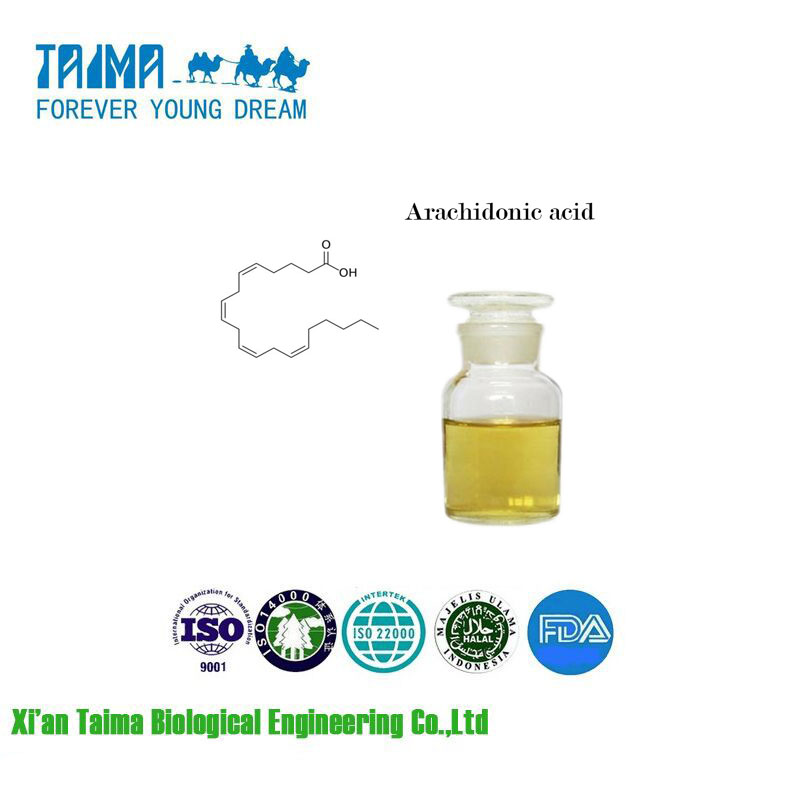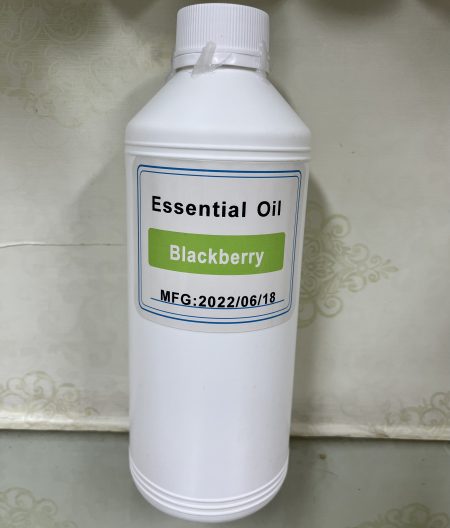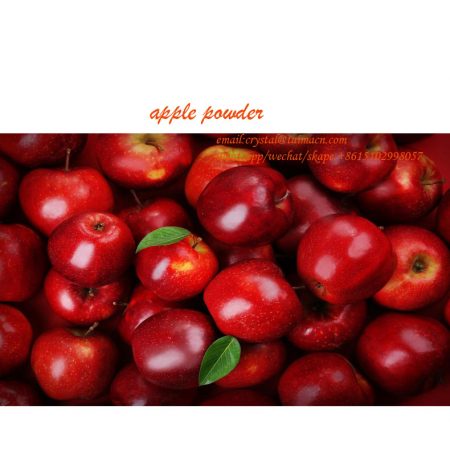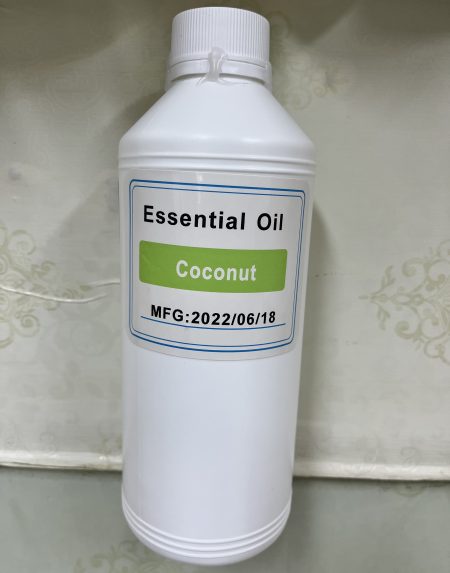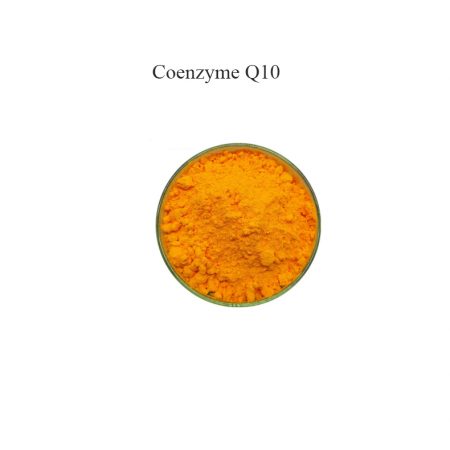Arachidonic acid Description:
- Arachidonic acid is one of the most abundant fatty acids in the brain, and is present in similar quantities to docosahexaenoic acid (DHA). The two account for approximately 20% of its fatty acid content.Like DHA, neurological health is reliant upon sufficient levels of arachidonic acid. Among other things, arachidonic acid helps to maintain hippocampal cell membrane fluidity. It also helps protect the brain from oxidative stress by activating peroxisome proliferator-activated receptor gamma.
Functions:
- Muscle Growth
ARA is an important dietary component in support of the muscle anabolic process. Arachidonic acid is a regulator of localized muscle inflammation, and may be a central nutrient controlling the intensity of the anabolic/tissue-rebuilding response to weight training.
- Brain
- Arachidonic acid is one of the most abundant fatty acids in the brain, and is present in similar quantities to docosahexaenoic acid (DHA). The two account for approximately 20% of its fatty acid content. Like DHA, neurological health is reliant upon sufficient levels of arachidonic acid. Among other things, arachidonic acid helps to maintain hippocampal cell membrane fluidity. It also helps protect the brain from oxidative stress by activating peroxisome proliferator-activated receptor gamma. Arachidonic acid is also involved in early neurological development.
- Alzheimer’s Disease
- Studies on arachidonic acid and the pathogenesis of Alzheimer’s disease is mixed, with one study of AA and its metabolites that suggests they are associated with the onset of Alzheimer’s disease, whereas another study suggests that the supplementation of arachidonic acid during the early stages of this disease may be effective in reducing symptoms and slowing the disease progress.Additional studies on arachidonic acid supplementation for Alzheimer’s patients are needed. Another study indicates that air pollution is the source of inflammation and arachidonic acid metabolites promote the inflammation to signal the immune system of the cell damage.
- Bodybuilding Supplement
- Arachidonic acid is marketed as an anabolic bodybuilding supplement in a variety of products.
Applications:
- Infant formula: Added to Infant formula and infant foods to advance the intelligence and better the eyesight.
- Supplement for pregnant mother: Conducive to the development of brain and retina neurons of the fetus.
- Cosmetics:added to cosmetic products to ensure the skin care and restoration of hair.
- Health Care:
- Prevent cardiovascular disease
- Assist in hemapoiesis and fortify immune system
- Lower the blood fat
- Fight against cancers
- Anti-cancer: protect the normal cells from being damaged
- Antagonize the toxic and side effect of chemotherapy
- Anti-inflammatory
- Treat for rheumatoid arthritis (RA)
- Animal feed.

